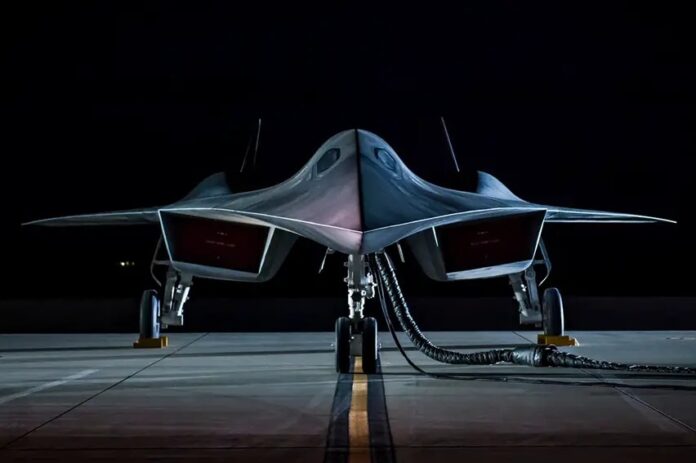Flying through the skies, aircraft are not just machines; they are marvels of engineering designed to conquer various flight regimes. From leisurely subsonic flights to blistering hypersonic speeds, the nuances of aircraft design significantly differ to accommodate the distinct challenges posed by each flight regime. Understanding these differences is crucial in comprehending the engineering marvels that enable flight across different speed thresholds.
Subsonic flight, characterized by speeds below the sound barrier, is the most common regime for commercial airliners. Design considerations for subsonic aircraft primarily revolve around maximizing fuel efficiency, ensuring passenger comfort, and maintaining structural integrity. Aerodynamically, subsonic aircraft are designed to minimize drag, employing wing shapes and airfoils optimized for efficiency at lower speeds.
In contrast, supersonic flight—where an aircraft travels faster than the speed of sound—introduces a plethora of challenges. The iconic sonic boom, generated as an aircraft breaks the sound barrier, poses regulatory hurdles due to noise pollution concerns. Aerodynamic design becomes paramount, necessitating sleek, slender shapes to reduce drag while effectively managing shock waves and minimizing sonic booms.
However, the pinnacle of speed lies in the realm of hypersonic flight, where aircraft travel at speeds exceeding five times the speed of sound. Engineering an aircraft for hypersonic flight demands innovative materials and groundbreaking designs to withstand extreme temperatures and aerodynamic forces. Thermal management becomes a critical concern as air friction generates immense heat, requiring heat-resistant materials capable of enduring such harsh conditions.
One of the primary differentiators among these flight regimes is the aerodynamic behavior of the aircraft. In subsonic flight, airflow over the wings remains largely attached, allowing for conventional lift generation. In contrast, supersonic and hypersonic flight induce shock waves and aerodynamic heating, necessitating advanced design approaches to manage these phenomena without compromising performance or safety.
Materials play a pivotal role in aircraft design across different flight regimes. Subsonic aircraft often employ lightweight aluminum alloys or composite materials to strike a balance between structural integrity and weight. However, supersonic and hypersonic aircraft demand materials capable of withstanding extreme temperatures and pressures. Advanced ceramics, refractory metals, and carbon-carbon composites are among the materials explored for these high-speed regimes.
Propulsion systems also undergo substantial transformations across different flight regimes. Subsonic aircraft predominantly rely on turbofan engines optimized for fuel efficiency. In supersonic and hypersonic flight, however, propulsion systems need to accommodate higher speeds and temperatures. Ramjet engines, scramjets, and innovative combined cycle engines become viable options, capitalizing on air compression and combustion at supersonic speeds.
Control and stability pose unique challenges in varying flight regimes. Subsonic aircraft typically employ conventional control surfaces such as ailerons, elevators, and rudders for stability and maneuverability. However, supersonic and hypersonic aircraft require novel control mechanisms due to the complexities introduced by shock waves and high-speed aerodynamics, often utilizing thrust vectoring or innovative control surfaces.
Navigation and guidance systems also evolve with increasing speeds. While subsonic aircraft rely on traditional navigation systems, supersonic and hypersonic vehicles demand advanced guidance systems capable of reacting swiftly to changing conditions. Precise and instantaneous adjustments are imperative at higher speeds, necessitating sophisticated avionics and control algorithms.
Safety considerations undergo a paradigm shift in different flight regimes. Subsonic flights prioritize safety through robust engineering and stringent maintenance protocols. However, supersonic and hypersonic flight introduce unique safety challenges, including thermal management, structural integrity at extreme speeds, and the intricacies of maneuvering in high-speed environments.
In conclusion, designing aircraft for different flight regimes—be it subsonic, supersonic, or hypersonic—requires a nuanced understanding of aerodynamics, materials science, propulsion systems, control mechanisms, and safety considerations. Each regime presents its set of challenges, pushing the boundaries of engineering innovation to enable safe and efficient flight across varying speeds. As technology advances, the pursuit of designing aircraft capable of seamlessly traversing these diverse flight regimes continues, inspiring engineers to push the limits of what’s possible in aviation.
























